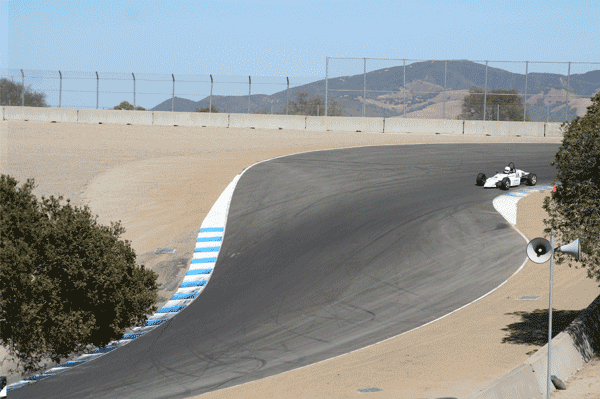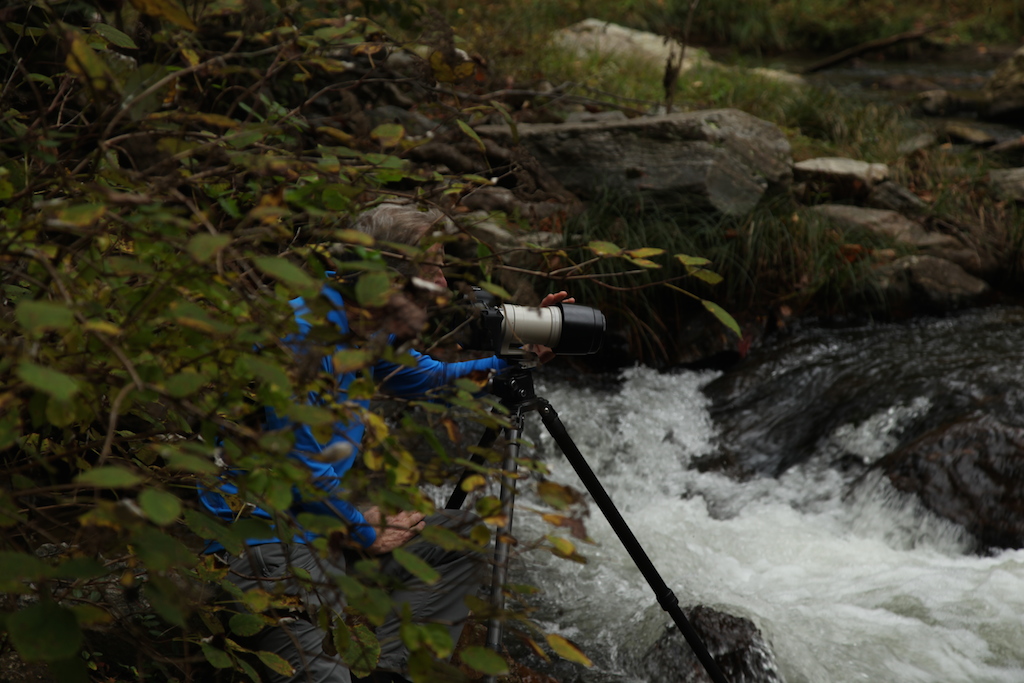Most DSLR cameras made within the past few years have upgraded their action shot capabilities with a burst mode function. Continuous burst mode captures multiple frames per second, from the decent 5-7 range to an impressive 10-14 frames per second. As the processors in cameras get more powerful, burst speeds tend to increase.
This capability is unparalleled for photographers trying to capture shots in sports or wildlife, when reflexes on the shutter just might not be quick enough. Knowing how continuous burst mode works allows you to take advantage of this awesome function to ensure you never miss that perfect, yet fleeting, moment.
Photo via Bluprint class Composing Classic Landscapes
Learn the perfect uses for continuous burst mode
The times where you need speed are typically in situations where the action is moving so quickly, you may be unable to get the shot you want at the exact right time. All photographers have experience trying to capture these fleeting moments, whether you’re a recreational photographer, professional or photojournalist. Knowing the perfect uses, like sports and wildlife, and then controlling the file buffering of the photos can help you take and save the perfect action shots.
Action shots in sports
Most sports include some kind of fast motion, and often this is what makes for the most compelling photographs. Think about a baseball player making contact with a fast pitch or a tennis player returning a power serve. Think about a runner in mid-stride or a basketball player in midair. Think about a snowboarder sliding across a rail, a surfer launching off the lip of a wave, or an acrobat spinning and twirling.
These compelling moments happen so fast that capturing them with a single click is next to impossible. Sports require a lot of shots — A LOT. You have to do your best to anticipate when a great moment is going to happen. But continuous burst mode allows you to start shooting a second or two before it happens and follow through to a second after it ends, ensuring you capture that exact moment when ball strikes bat.

The call of the wildlife
Some animals move so incredibly fast that it’s nearly impossible to get the exact frame you want in one click. Just like sports, think about a cheetah in mid-stride, an eagle plucking a fish out of a pond, or a whale breaching over the water.
Capturing that decisive moment would be a shot in the dark without taking a burst of shots. Again, like with sports, wildlife photography requires many shots as well proper preparation, knowing to start your shutter a few seconds before the one moment you want to capture occurs.
Fast movement
There are many additional unique situations where bust mode is useful. For example, perhaps you are photographing a race car or an airplane touching down. Maybe it’s an arrow right before it pierces a target or a rock concert with an active lead singer. Even capturing candid family moments can call for the use of a rapid shutter speed!
When you have a situation where your subject is speedy, consider turning on your burst mode.

Buffering and file limits
Every camera has a limit on how quickly and how many photos it can take in rapid succession. In most cases, a camera is not recording the data to your memory card as quickly as you are taking photos. Once you hit your buffer limit, the photo taking will slow down or stop altogether until the processor catches up and can write the data to your card.
It’s important to understand and be familiar with how your camera buffers. Then you don’t end up running out of juice before the decisive moment in the action.
Also, many cameras have a file limit at which point they won’t take any more photos. Keep in mind the speed and size of the memory card you are using, as this will affect how quickly you can write data to the card. Practicing with your camera’s continuous burst mode and being familiar with it’s memory capabilities will ensure you can capture the perfect moment.
So go ahead, play with the burst mode and see what your camera can do!


Share tips, start a discussion or ask one of our experts or other students a question.
No Responses to “Capture the Action: How to Use Continuous Burst Mode”